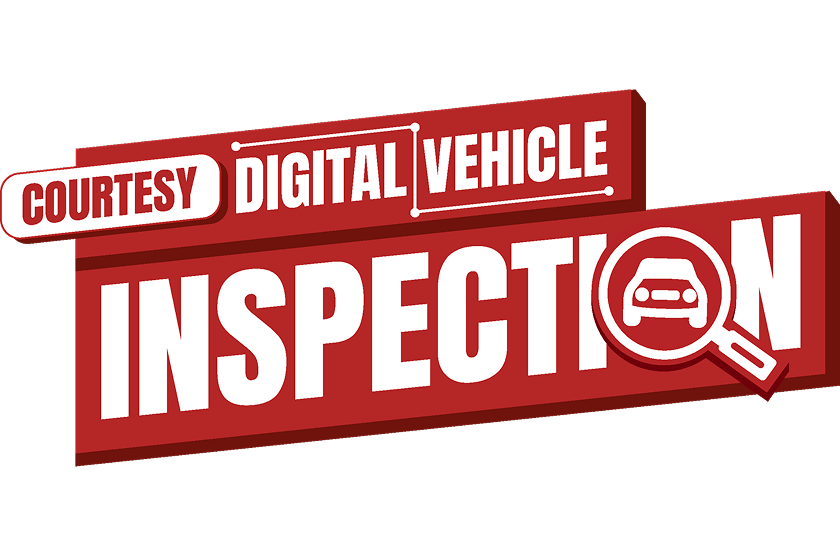Auto Maintenance
$25 OFF
ANY RECOMMENDED SERVICE

Offer expires 12/31/25
View DetailsOnline Special · Save $50 when you book online

Sun Devil Auto technicians inspect steering and suspension components, such as shocks or struts, ball joints, and tie rod ends, to keep steering precise, rides smooth and safe, and tires lasting longer.
Have your steering and suspension inspected once a year—or sooner if any warning signs appear.
Schedule an inspection right away if you notice:

We’ve put together the most important steering and suspension repair information to help you drive with confidence. Need more help? Just give us a shout!
Many manufacturers of original factory struts confirm that their products are less effective once they reach the 50,000 – 60,000 mile mark. There are exceptions, however, that alter performance and greatly reduce mileage based on travel on conditions including frequent travel over rough terrain or exposure to excessive heat. At Sun Devil Auto, we have seen shocks and struts that have required replacement as few as 30,000 miles.
Vehicles that have received a new set of struts will require an alignment once installation is complete. Because most struts are connected to the suspension components that have the alignment adjustment built right into them, even the slightest variance can cause premature tire wear, pulling, or a crooked steering wheel. Vehicles that use shock assemblies will not typically require an alignment once installation is complete, unless steering components were otherwise moved or affected to perform the replacement.
Shop service deals, tire savings, and complete auto care offers so you can save more on the services and repairs you need.
Explore our trusted services designed to keep your vehicle performing at its best.

From tires to expert repairs, our team is committed to keeping your vehicle running smoothly with personalized care you can count on.
Find a shop
We believe car care should be clear as day. That’s why every visit includes a Courtesy Digital Vehicle Inspection, a 50+ point check of your car’s key systems. From under the hood to around the wheels, our Sun & ASE-certified technicians assess your vehicle’s condition, note what needs attention now and what can wait.
Read reviews from satisfied customers who trust Sun Devil Auto for reliable car repair, quality auto service, and expert vehicle maintenance.

Unlock exclusive auto service deals! Sign up now to get emails with the latest discounts on oil changes, brake repairs, tire specials & more—designed to save you money and keep your car running smoothly.